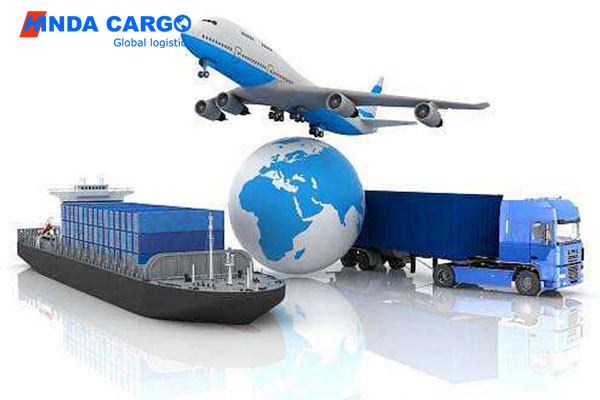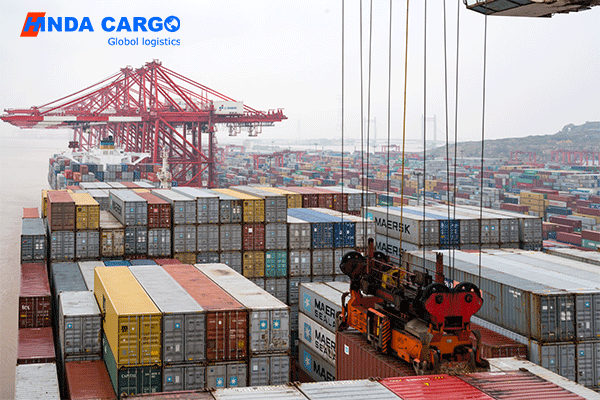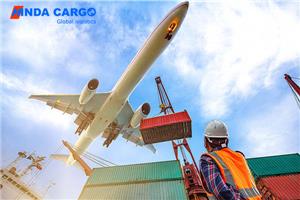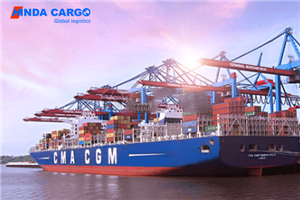Is freight calculated by size or weight?
The calculation of freight is a key issue that directly affects the cost and profit of the enterprise. In actual operation, is freight calculated by size or weight? This issue is not only related to the financial management of the enterprise, but also involves the pricing strategy and market competitiveness of the logistics company.
This article will explore the calculation method of freight and the logic behind it from multiple perspectives such as different transportation methods, industry standards, and actual cases.

What is the relationship between transportation methods and freight calculation?
Different transportation methods have different requirements for freight calculation, mainly including the following:
Air transportation
Air transportation usually calculates freight according to the weight and volume of the goods, but due to the limited load and space of the aircraft, airlines often use "volume weight" to calculate freight.
The calculation formula for volume weight is: volume weight (kg) = cargo volume (cubic centimeters) / 6000.
Airlines will compare the actual weight and volume weight and choose the larger one as the billing standard. This is because larger cargo takes up more space, even if it is lighter, it will affect the aircraft's loading capacity and economic benefits.
Ocean Freight
Ocean freight is mainly for bulk commodities and large goods. Freight calculations are usually based on the volume (cubic meters) of the goods, but also refer to weight, especially in the case of heavy goods. For standard container transportation, the cost is generally calculated per container, rather than measuring the volume or weight of each piece of cargo separately. But for bulk cargo transportation, freight is more likely to be calculated by volume.
Road and rail transportation
The calculation method of freight for road and rail transportation is more flexible, and is usually calculated based on the actual weight and volume of the goods. In some cases, such as light-weight cargo (light weight but large volume), the volume weight calculation method is also used to ensure the economic benefits of the transport tool.

What are the calculation standards for freight in the international logistics industry?
There are some common standards and rules in the international logistics industry that regulate the calculation method of freight. These standards help improve the transparency and consistency of freight calculations, mainly including the following aspects:
International Air Transport Association (IATA) standards
IATA has established standards for air freight calculations, including the calculation formula and billing standards for volumetric weight. According to IATA regulations, when calculating air freight, it is necessary to consider both the actual weight and volumetric weight of the goods to ensure the fairness and rationality of the freight.
International Maritime Organization (IMO) standards
IMO is responsible for formulating standards and rules for the shipping industry, including cargo loading, transportation and freight calculation. For container transportation, IMO recommends charging according to the standard freight rate for each container; for bulk cargo transportation, it is recommended to calculate the freight based on the volume and weight of the goods.
Road and rail transportation standards
The freight calculation standards for road and rail transportation are relatively flexible, and different countries and regions may have different regulations and practices. Usually, road and rail transportation companies will formulate reasonable freight calculation methods based on the weight and volume of the goods, combined with factors such as transportation distance, time and cost.

Actual case analysis
To better understand the method of freight calculation, let's look at a few actual cases:
Case 1: Air freight of high-value electronic products
A company needs to air freight a batch of high-value electronic products from China to the United States. The actual weight of this batch of goods is 500 kilograms and the volume is 4 cubic meters.
According to IATA standards, the volume weight is: Volume weight = 4×1000000/6000 = 666.67 kilograms
Since the volume weight is greater than the actual weight, the airline will calculate the freight according to the volume weight of 666.67 kilograms. Assuming that the freight is US$10 per kilogram, the total freight is US$6666.7.
Case 2: Sea freight of bulk commodities
A trading company needs to ship a batch of ore from Australia to China by sea. The actual weight of this batch of goods is 2,000 tons and the volume is 10,000 cubic meters. According to the pricing standards of the shipping company, the freight per cubic meter is US$50.
Since sea freight is usually calculated by volume, the total freight is: =10000×50=500000 USD
Case 3: Furniture transported by road
A company needs to transport a batch of furniture from Shanghai to Beijing, with an actual weight of 2 tons and a volume of 15 cubic meters. Since furniture is a light-weight cargo, the transportation company decides to calculate the freight by volume weight.
Assuming that the freight per cubic meter is RMB 200, the total freight is: Total freight = 15×200 = RMB 3000

What are other factors that affect freight calculation?
In addition to weight and volume, freight calculation is also affected by other factors:
Transport distance
Transport distance is one of the important factors affecting freight. Generally speaking, the longer the transportation distance, the higher the freight. Different modes of transportation have different sensitivities to distance, such as air transportation is less sensitive to distance, while road transportation is more sensitive to distance.
Transport time
Transport time is also an important factor affecting freight. Urgent transportation or expedited services usually require higher fees. Air freight has a higher freight rate due to its high speed, while sea freight has a relatively lower freight rate due to its slow speed.
Nature of goods
The nature of the goods, such as fragile goods, dangerous goods, perishable goods, etc., will affect the calculation of freight. These goods usually require special packaging and handling, so the freight is higher.
Shipping season
The shipping season will also affect the freight rate. For example, during holidays or peak seasons, freight rates usually increase; while during off-seasons, freight rates may decrease.
Conclusion
The calculation of freight is a complex and changeable issue involving multiple factors such as weight, volume, transportation distance, and timeliness. Different modes of transportation have different freight calculation standards and methods. When choosing a mode of transportation, companies need to consider various factors comprehensively to maximize cost-effectiveness.




